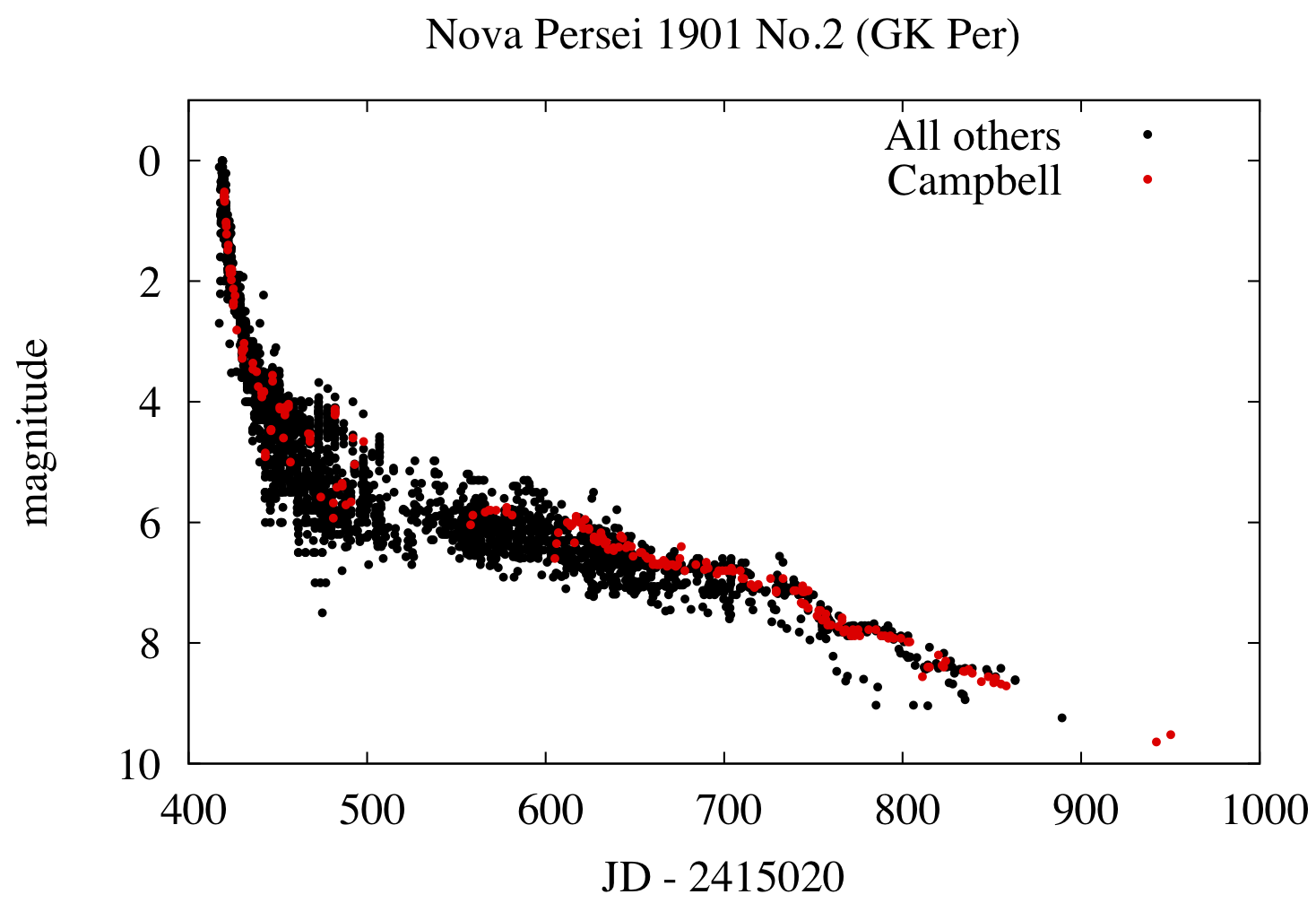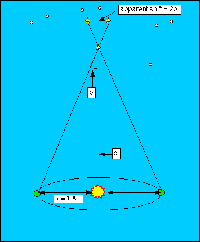Exoplanets and the Search for Extraterrestrial Life
Variable Stars and the Stories They Tell: Exoplanets and the Search for Extraterrestrial Life
©February 2018 by Dale Alan Bryant
(In memory of M.I.T. astrophysicist Dr. Philip Morrison - who started all this...)
Though the figures are tough to keep up with - they are changing, almost daily - the Kepler Space Telescope (KST) has discovered, to date, over 4,500 exoplanet candidates, ~3,400+ of which have been confirmed.


 AAVSO Councillor Kevin Paxson has completed and presented the results of the AAVSO's survey of the professional astronomical community. The AAVSO solicited participation from professional astronomers in an online survey early this year, and the results are now available in both raw and summarized form, with commentary and analysis from Kevin. The results were presented at the 2013 Spring Meeting of the AAVSO, and the final reports are now available here.
AAVSO Councillor Kevin Paxson has completed and presented the results of the AAVSO's survey of the professional astronomical community. The AAVSO solicited participation from professional astronomers in an online survey early this year, and the results are now available in both raw and summarized form, with commentary and analysis from Kevin. The results were presented at the 2013 Spring Meeting of the AAVSO, and the final reports are now available here.
